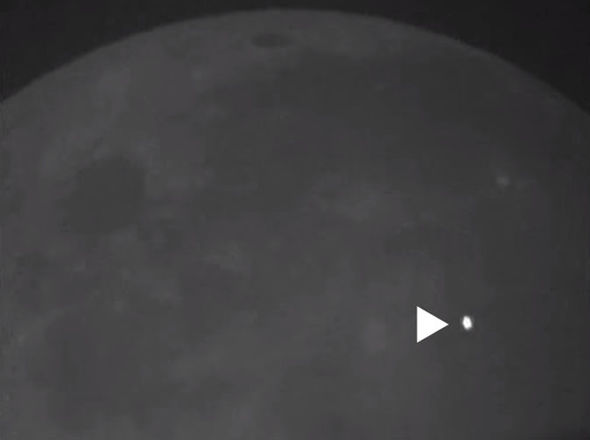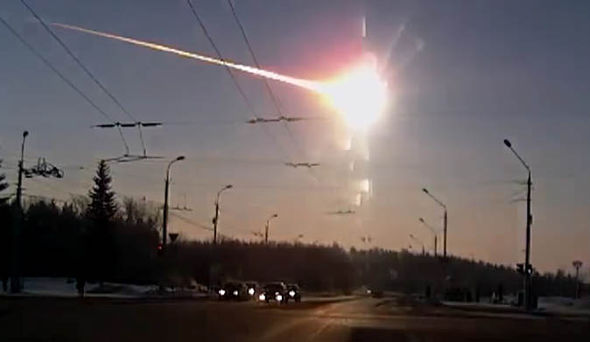A METEOR with the explosive power of TEN cruise missiles has struck the Moon, sparking a massive explosion visible with the naked eye.
Now, NASA warns we could be next!
The 56,000 mph collision was caused by a space rock weighing no more than 88 lbs (40 kilos). The gigantic blast was captured by NASA scientists highlighting the catastrophic danger planet earth faces from similar space bolides.Despite the space rock’s tiny proportions, the impact damage was colossal and the explosion shone with the brightness of a magnitude 4 star.

Moon vs Earth
Unlike the Moon the Earth has a protective atmosphere meaning most space debris burns up before it can impact.
The biggest explosion on the Moon
A scientist reports: “For the past eight years NASA has been monitoring the Moon for signs of explosions caused by meteors. They’ve just seen the biggest explosion in the history of the programme. It exploded in a flash 10 times as bright as anything we’ve seen before. Anyone looking at the Moon at the moment of impact could have seen the explosion without telescope.The first asteroid discovered was Ceres in 1801. There are currently over 600,000 known asteroids in our solar system. Most asteroids are found orbiting in the Asteroid Belt, a series of rings located between the orbits of Mars and Jupiter. Those in that pass the Earth are called Near-Earth objects.
The Chelyabinsk meteor is the largest known natural object to have entered Earth’s atmosphere since the 1908 Tunguska meteor, which destroyed a wide, remote, forested, and very sparsely populated area of Siberia.
NASA is so concerned about the possibility of an asteroid strike ending all life on earth it has started the first design phase of a spacecraft known as the Double Asteroid Redirection Test (DART) which will be used to redirect an asteroid’s path.
http://strangesounds.org/2017/07/we-could-be-next-a-meteor-with-the-explosive-power-of-ten-cruise-missiles-has-struck-the-moon.html

No comments :
Post a Comment